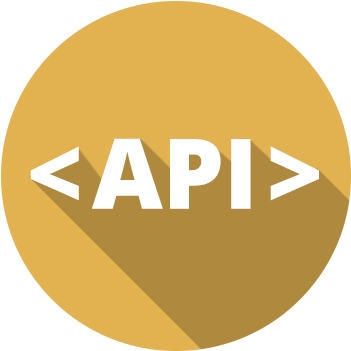The concept of “API First” is a software development approach that emphasizes creating and designing APIs (Application Programming Interfaces) before developing other software components, such as user interfaces or backend functionalities. Here’s a detailed explanation of this concept:
Definition and Principle
API First means that the development of the API is the priority and the starting point for any new project or feature. Here are the main aspects of this approach:
- Design Before Development: Before writing any code for an application or service, an API is designed. This includes defining endpoints, HTTP methods, data structures, and expected responses.
- Initial Documentation: Detailed documentation of the API is created from the beginning. This allows all stakeholders, including developers, designers, and product managers, to understand how the API will function.
- API Contracts: The API serves as a contract between different teams (e.g., frontend and backend). This contract specifies how services will interact, reducing ambiguities and improving collaboration.
Benefits of the API First Approach
- Consistency and Standardization: By designing the API first, developers can ensure that all parts of the system communicate in a consistent and standardized manner.
- Parallel Development: Frontend and backend teams can work in parallel. The frontend team can start developing based on the API documentation, while the backend team implements the API.
- Better Developer Experience: A well-designed and documented API improves the developer experience, providing clear guidelines on how to use the API.
- Flexibility and Scalability: An API First approach makes it easier to integrate with other systems and services. It also provides greater flexibility to evolve application components independently.
- Reusability: APIs designed first can be reused across different projects, saving time and resources.
Steps to Adopt API First
- Planning and Design: Identify application needs and design the API accordingly. Use API modeling tools like Swagger or OpenAPI to define specifications.
- Documentation: Write comprehensive and clear API documentation. This includes endpoint descriptions, HTTP methods, parameters, request and response examples, and status codes.
- Prototyping and Validation: Create API prototypes to test and validate the design before full development. Use mock servers to simulate API behaviors.
- Development: Implement the API according to defined specifications. Ensure the API adheres to security, performance, and reliability standards.
- Testing and Feedback: Conduct rigorous API testing to ensure it works as expected. Collect feedback from users and developers to improve and refine the API.
Conclusion
The API First approach transforms how applications are designed and developed by placing APIs at the core of the process. It fosters better collaboration between teams, ensures greater consistency, and builds more flexible and scalable systems. By adopting this approach, organizations can enhance the quality of their software and provide a better experience for end-users and developers.
